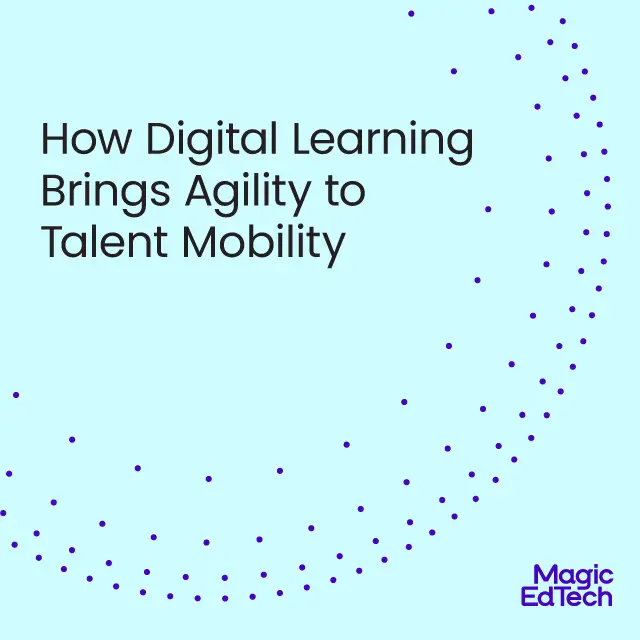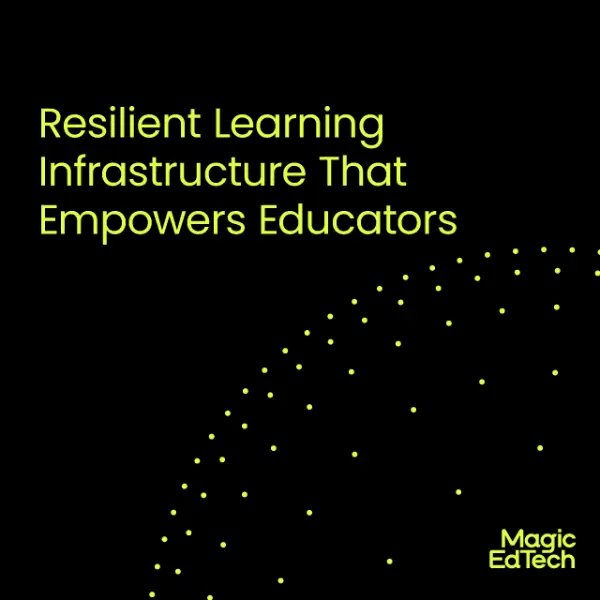Is Borderless Education Changing the Dynamic of Higher Ed?
- 10 January, 2024
- Reading Time: 6 mins
That is to be ‘as simple as a light switch’ and as effective in lighting the learning experience as educators focused on students, not on the technology.”
Borderless Education has transformed the traditional model of learning, creating boundless opportunities for both institutions and students. This innovative concept goes beyond geographic, cultural, and institutional boundaries, redefining how knowledge is accessed, distributed, and experienced.
With technology as a catalyst, borderless education helps students overcome barriers of physical classrooms or campus locations to be able to explore learning opportunities irrespective of their geographical location. For example, students in the US would prefer to study abroad to gain a cultural experience while students from other developing countries would want to pursue highly technical courses that might lack the advanced resources or infrastructure in their home country.
Through technological advances that enable online courses, virtual collaboration, and new teaching methods, borderless education is given its wings and individuals can now access education globally.
The Evolution of Borderless Education
The disruptions caused by political and social disruptions such as wars and pandemics led to the need for special initiatives to make sure education does not affect the education of displaced students. Initiatives such as the Ukrainian Institute of Education Development (UIED) ‘Let’s Learn without Borders’ is a prime example of an initiative to provide learners with the support to continue their education in times of crisis as many students moved to neighboring countries or shelters.
Several interconnected factors have propelled the popularity of borderless education. Technological advancements, such as high-speed internet and online learning platforms, have democratized access to education globally. The demand for professionals with diverse global skills has amplified the need for cross-border education. Additionally, a growing emphasis on lifelong learning, recognition of diverse learning styles, global credential standards, and entrepreneurial ventures in edtech have collectively driven the widespread adoption and acceptance of borderless education.
The concept of virtual classrooms that emerged with the onset of the pandemic not only bridged the gap between educators and students but also extended beyond the crisis, gaining popularity and serving as a resilient mode of education delivery catering to a vast and diverse audience.
For higher education institutions, Borderless Education isn’t solely altruistic; it’s also a strategic move to stay competitive. Recognizing the evolving needs of students, institutions have to adopt personalization, technology, and data-driven approaches to be able to increase enrollments and maintain student persistence.
How Can Borderless Education Solve Today’s Higher Ed Challenges?
Today, higher education faces multifaceted challenges that hinder accessibility, affordability, and inclusivity for a diverse array of learners. Borderless education, with its innovative approach, emerges as a solution that effectively offsets numerous prevalent challenges in higher education. Let’s take a closer look at some of the challenges.
1. Overcoming Financial Barriers
The high costs associated with studying in countries like the United States often limit access to higher education to those with a higher socio-economic status. Borderless education eliminates this barrier by providing affordable alternatives, granting access to top-tier educational content without the significant financial burden of relocating.
2. Flexibility for Work Commitments
Individuals restricted by work responsibilities or unable to relocate to pursue higher education find solace in borderless education. This flexible learning model allows them to advance their education while balancing their professional or personal obligations in their current location.
3. Cultivating Cultural Exchange and Diverse Perspectives
One of the prime advantages of borderless education lies in its ability to foster cultural exchange and the exchange of diverse ideas. Bringing together students from varied cultural backgrounds enriches the educational experience, offering a global perspective that transcends geographical boundaries.
4. Resilience Amidst Disruptions
Borderless education emerges as a resilient alternative in the face of political, social, or environmental disruptions. Its reliance on remote learning and online platforms ensures educational continuity, mitigating interruptions that conventional educational systems may encounter during turbulent times.
5. Enhancing Return on Educational Investment
Amidst today’s unpredictable political and social environments, borderless education offers a prudent investment in education. It provides recognized credentials and high-quality education without the uncertainties or challenges associated with physically relocating to a foreign country, ensuring a more assured return on educational investment.
6. Limited Course Offerings and Specializations
In some regions, educational institutions might have limited offerings in specialized fields or emerging disciplines. Borderless education provides access to a vast array of courses and programs across diverse subjects, enabling students to pursue specific interests or niche fields that might not be available locally.
The Role of Technology in Enabling Borderless Education
Advancements in technology serve as the foundation for delivering a seamless and effective borderless educational experience. Here are the key ways technology is reshaping borderless education and professional spheres:
1. Democratizing Access through Tech
Technology in borderless education plays a pivotal role in democratizing access to high-quality education. By eliminating barriers to access, innovative tech solutions open doors for students from remote or underserved areas to participate in learning opportunities previously beyond their reach.
2. Personalized and Flexible Learning
Technology enables personalized learning experiences, empowering students to tailor their educational journey according to their unique needs and commitments. Through interactive user interfaces and asynchronous learning, technology facilitates flexibility in scheduling, accommodating diverse time zones and lifestyles.
3. Facilitating Collaborative Environments
It fosters collaboration by creating interactive teaching and learning environments. Technology encourages seamless sharing, interaction, and engagement among educators and students across the globe, promising a collaborative and enriching educational ecosystem.
4. Cost Efficiency and Global Collaboration
Embracing technology presents a cost-effective model benefiting both learners and institutions. Reduced expenses related to infrastructure, travel, and accommodation make education more affordable and sustainable. Moreover, global collaboration nurtures a diverse skill set and perspectives, creating a globally competitive workforce.
5. Focus on Student-Centric Interaction
The tech-driven philosophy behind borderless classrooms reorients attention to the students. Interactive features akin to social media engagement, such as screen sharing, one-on-one interactions, and facilitating catch-up sessions, enhance student engagement and compliance, creating a supportive learning environment.
6. Facilitating Professional Ecosystems
Beyond academia, technology-enabled borderless education contributes to the evolution of dynamic professional ecosystems. Talent hubs like Silicon Valley (for technology startups), New York, London, and Hong Kong (for finance), and Hollywood in Los Angeles or the Soho district in London (creative hubs) rely on borderless learning institutions, research facilities, and a supportive business environment to nurture innovation and collaboration among professionals.
Just as learning and higher education are undergoing a massive transformation aided by technology and greater collaboration between teachers and students, there is a similar shift happening in the world of professionals, with places such as Silicon Valley (for technology startups) and New York, London, and Hong Kong (for finance) and Hollywood in Los Angeles or the Soho district in London (creative hubs) emerging as dynamic and highly collaborative ecosystems where talented professionals converse and converge. Talent hubs are also not bound by geographical limitations. Instead, these are technology-centric and are bound by a spirit of collaboration and innovation. Borderless education and learning institutions, research facilities, funding, and a supportive business environment play a critical role in creating this melting pot of expertise and creativity.
Considering the adoption of a borderless education program for your university/institution can be a pivotal step in positioning it at the forefront of global learning. It would open more doors to an accessible and diverse educational ecosystem. This step not only addresses current challenges in higher education but also propels your university toward becoming a supportive force in nurturing a globally competitive workforce and fostering innovation on an international scale.
Embracing borderless education isn’t just a strategic move; it’s a step toward creating a dynamic and globally connected educational ecosystem. As professional landscapes evolve, talent hubs burgeon not by geographical confines but through a spirit of collaboration and innovation, emphasizing the integral role of borderless education in shaping the future of higher education and professional growth. To know more about how we can help, get in touch with us.






